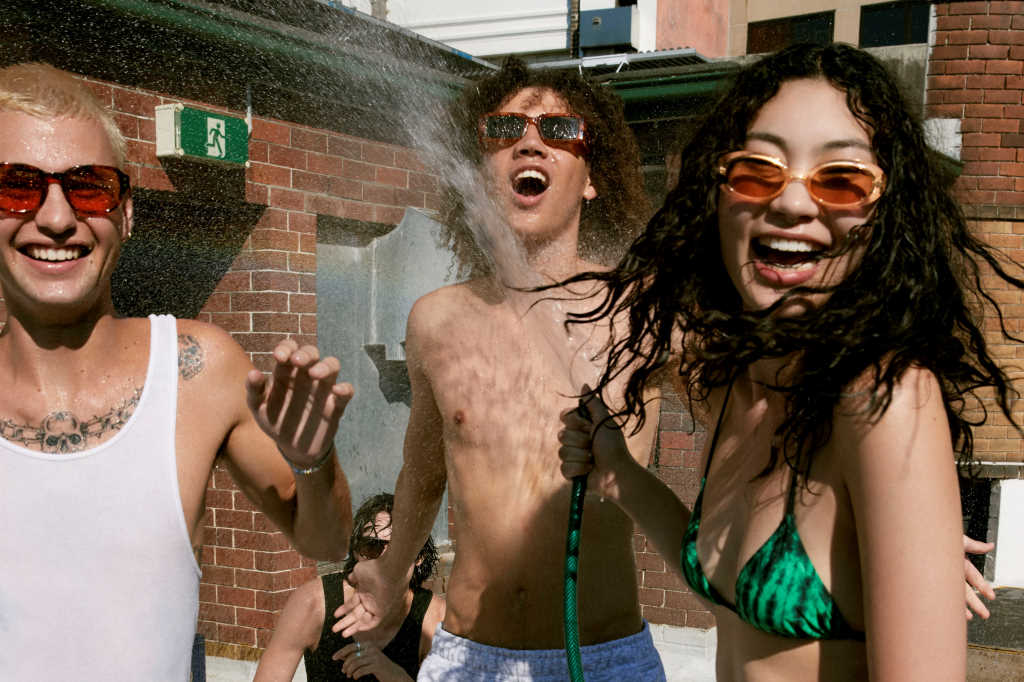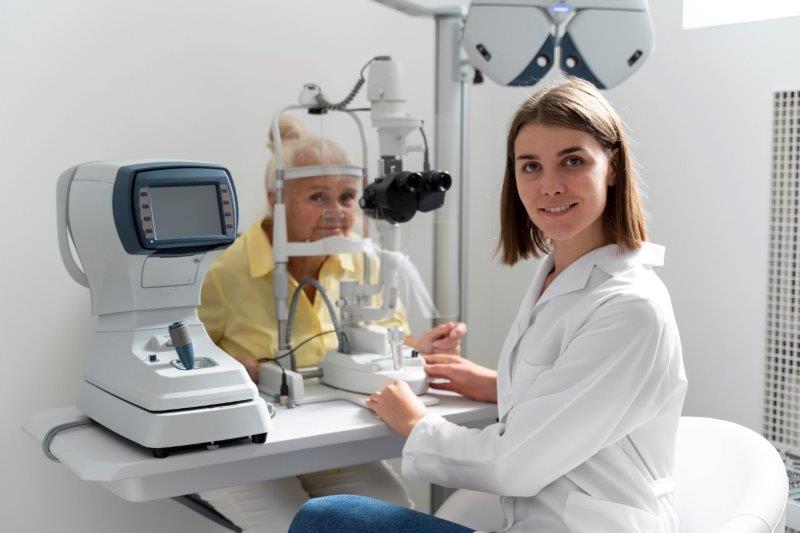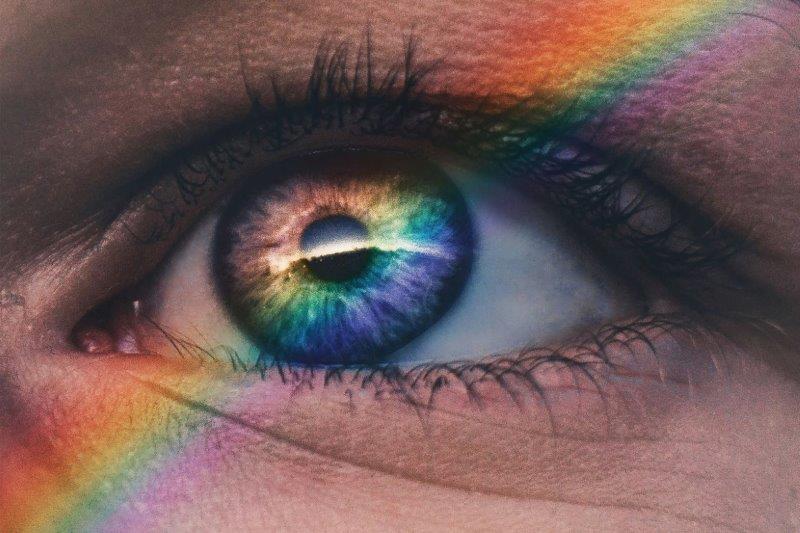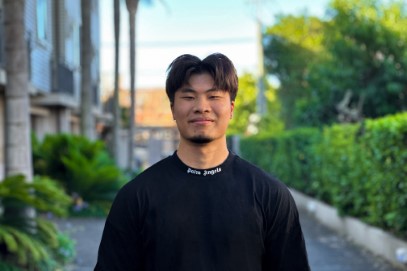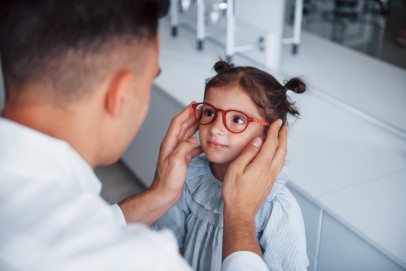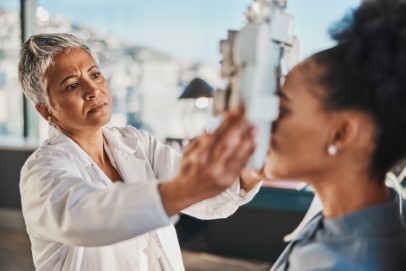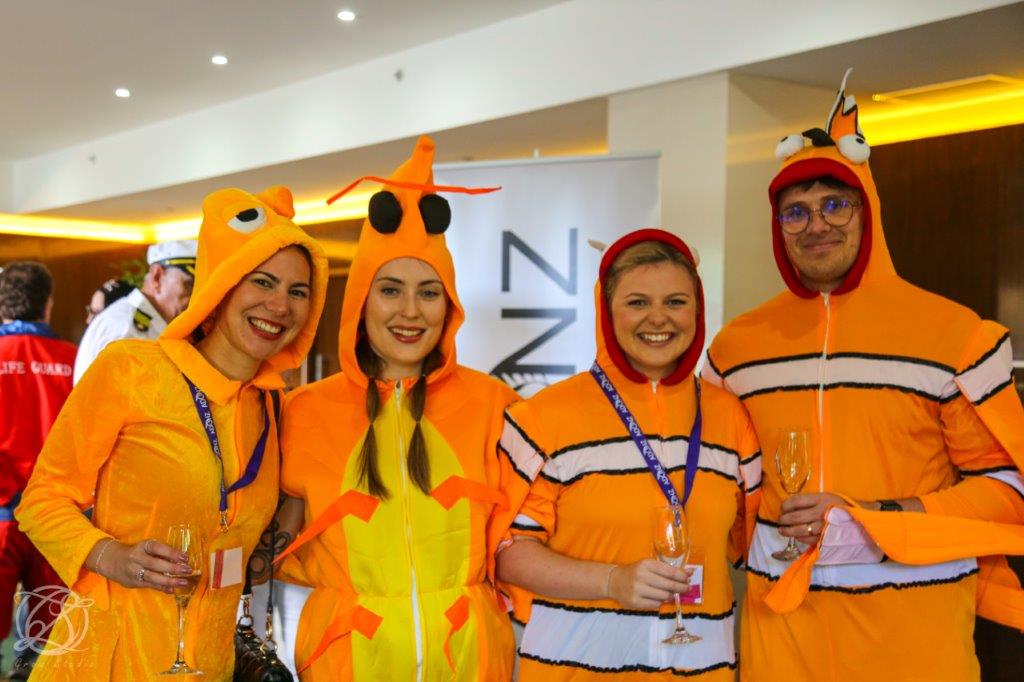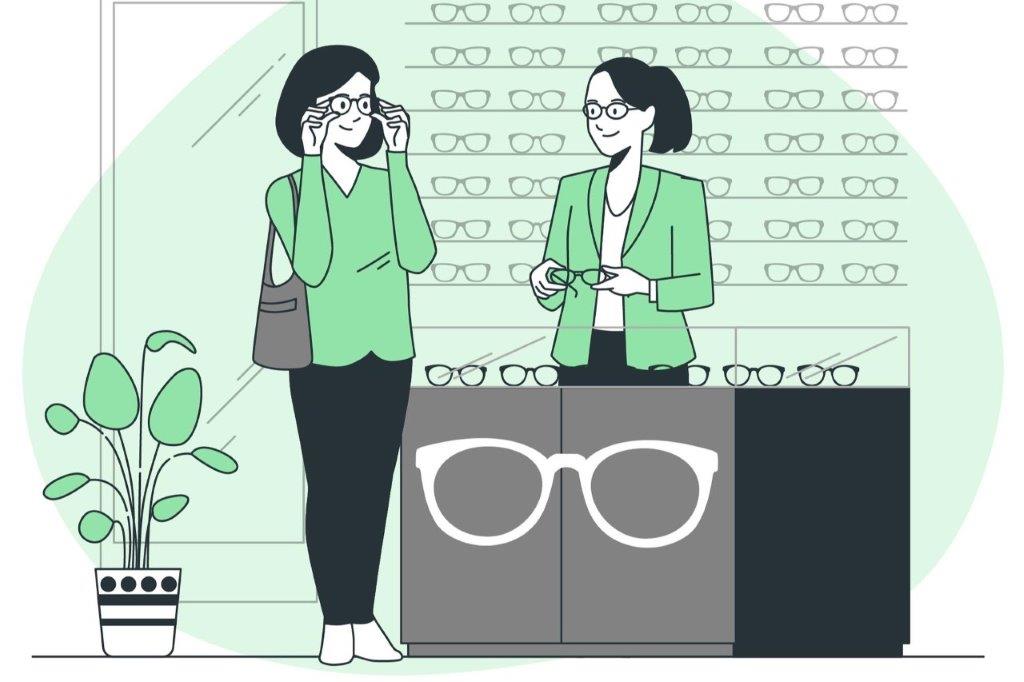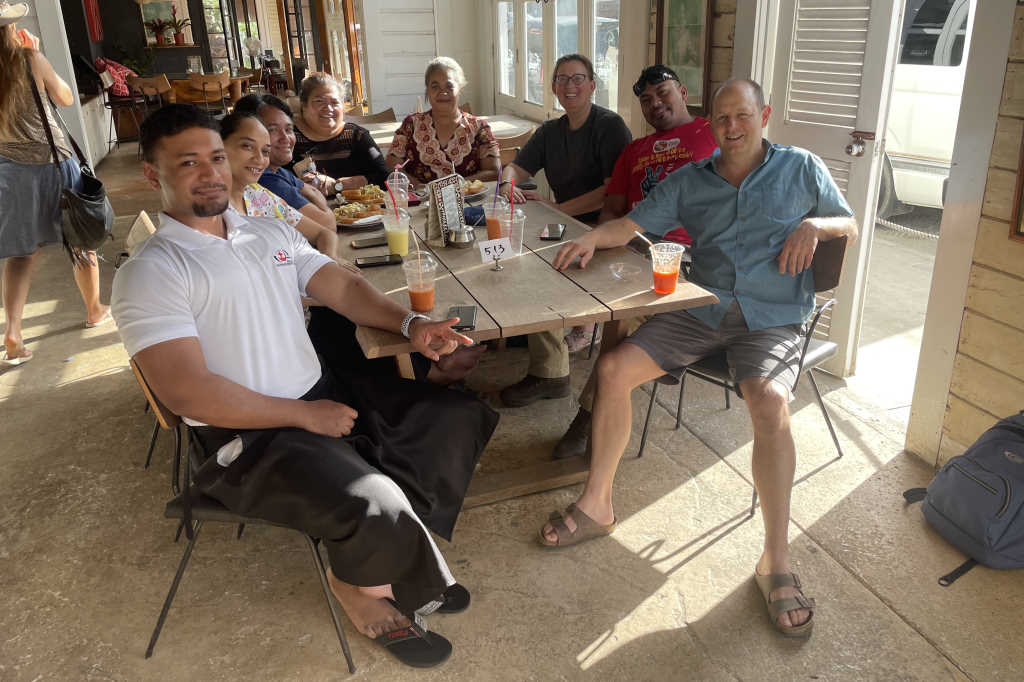Genderless eyewear – a new trend?
Is there ever such a thing as a genuinely new trend? Most of us have been around long enough to see fashions come around for a second, if not a third time. Take the current resurgence of ’90s wide-legged pants, halter-neck tops and John Lennon-esque glasses, which themselves took cues from their 1970s predecessors.
The blurring of gender lines in fashion also isn’t new – think Bowie, Lennox or the androgynous looks pioneered by the likes of Yves Saint Laurent and Chanel. However, gender neutrality certainly seems to be a bit of a fashion buzzword at the moment. This perhaps goes hand-in-hand with an increased societal awareness of gender issues; the real shift being in our understanding of the potentially harmful effects of rigid gender divides and our willingness to embrace fluidity. As more brands move away from categorising collections into two genders, instead creating products that are inclusive of all identities and expressions, are we seeing an underground trend moving to the fore?
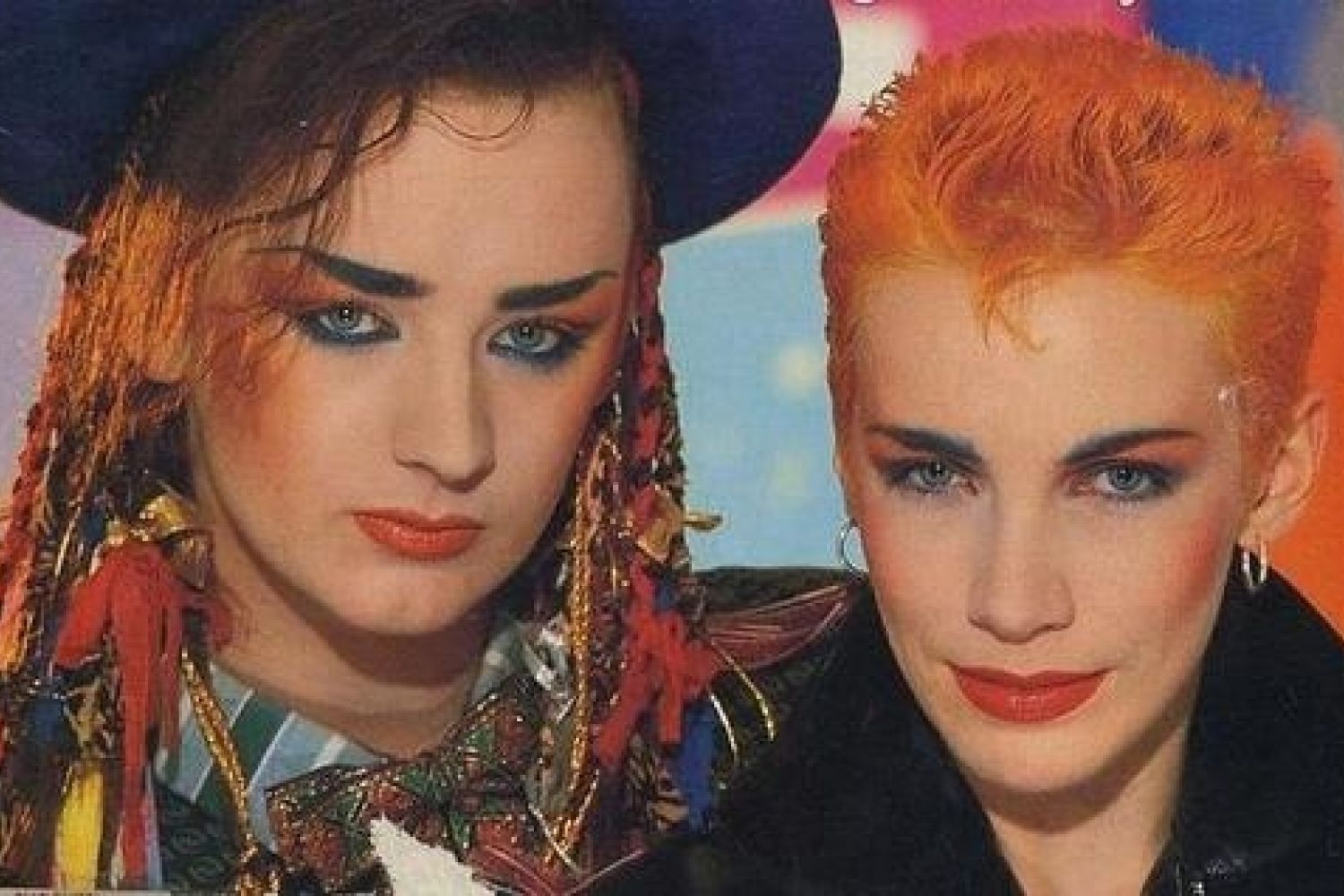
Boy George and Anni Lennox
The fairer specs
Lisa Wymond, national brands manager at Eyes Right Optical, certainly thinks there’s been a wider acceptance and adoption of gender-neutral fashions. “Modern vintage eyewear styles are a very popular option for practices – lots of rounded and panto shapes in neutral golds, silvers, crystals, tortoiseshells and blacks. We’re seeing these styles come through in all our collections, particularly in Morel 1880, Jean Nouvel for Morel, ProDesign, Woow, and Kilsgaard. We’ve just launched Kilsgaard in New Zealand and it’s a wonderful option for those seeking gender-neutral eyewear. Personally, I’m a big fan of ‘Acetate 07’. It’s a fantastic shape that looks great as optical or as a sunglass,” she said.
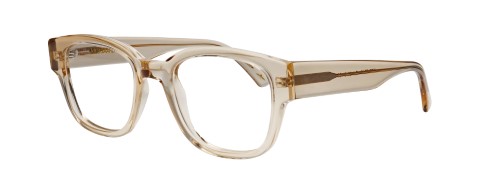
Kilsgaard Acetate 07
Others, such as Australian eyewear designer Paul Taylor, have also seen a shift, although it’s not necessarily impacting their own collections. “I’m certainly aware of people wanting to express themselves more and caring less about what others think of them,” said Taylor, whose glasses have been personally selected by the likes of Jenny Kee, plus the late Paula Yates and INXS lead singer Michael Hutchence. “There is more of a ‘you only live once’ attitude and an increased confidence in wearing what you want. It still tends to be women who embrace gender-neutral designs. Borgo, Jordan, Magnetic Chique, Swarve, Hutchence and Michael are just some of the frames I’ve designed for men that have been just as loved by women. But recently I’ve seen quite a few young, trendsetting guys taking on styles like cat’s eye sunglasses and getting noticed for it,” he said.
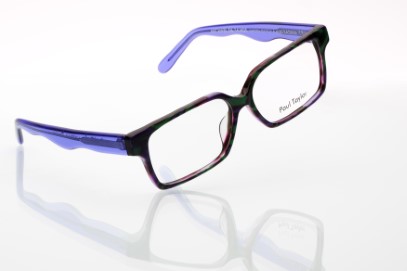
Paul Taylor's 'Michael'
Hamish Tame, creative director of cult eyewear brand Le Specs, said the momentum of social change in recognising marginalised or underrepresented communities has helped reduce a lot of binary biases in the eyewear and fashion industries. “However, we’ve always encouraged our customers to wear shapes that resonate with their tastes, rather than a style simply being gender-based. Design elements can read as more masculine or feminine, but in the same way that Buddy Holly wore cat-eye frames, it’s really about personality. We engage with our customers to get a sense of what they're looking for and generally find that people are after unique design and fit – not specifically gender neutrality.”
Nonspecific spectacles
Other brands, however, are capitalising on the current conversation with specific styles. Woow’s latest ‘No Gender’ frame promises to “break down genre barriers and smash boundaries”. The acetate range is available in a non-gender-bound palette and all styles are billed as ‘unisex’.
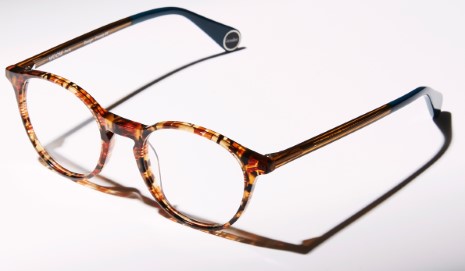
Woow's No Gender frame
Perhaps this is more a case of a shift in terminology then? Dennis van der Maas, sales director at Beni Vision, thinks so. “I prefer to call frames unisex as opposed to gender neutral. It’s a better reflection of the design of frames.”
It’s worth remembering that classic styles such as tortoiseshell frames or thick, dark ‘geek chic’ glasses have been around for some time and are difficult to pigeonhole by gender. Leading brands such as Ray-Ban have also long championed glasses suited to all gender identities. For van der Maas, the right frame is more about working with your face shape than your gender. “Something like the Key West frame by Blackfin suits most face shapes and has been one of the brand’s biggest selling frames worldwide for the last five years. It’s supplied in 10 different colours – the more colourful the frame, the more it lends itself to being feminine; the darker, or earthier the frame, the more masculine it becomes.”
Interestingly, van der Maas noted that their European suppliers still box frames as either men’s or women’s styles, while in Australia and New Zealand, frames are presented as masculine, feminine or unisex. “It’s much more cost effective for an optometrist to stock more unisex style frames than gender-dictated styles, as they don’t need to hold so much stock,” he explained.
In a label-obsessed society, it’s refreshing to find that gender, for the most part, remains inconsequential to eyewear. “Wear what makes you feel good and feels like you,” concludes Tame. “The essential element of eyewear is feeling represented by the product you wear, no rules, no boundaries, just love.”
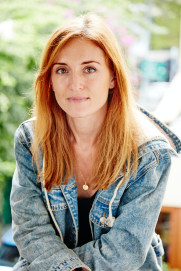
Emily Usher is a freelance writer and novelist, originally from Yorkshire, England, now based in South Australia, specialising in the lifestyle and not-for-profit sectors. She plans to release her debut novel in early 2024, published by Serpent's Tail, London.










